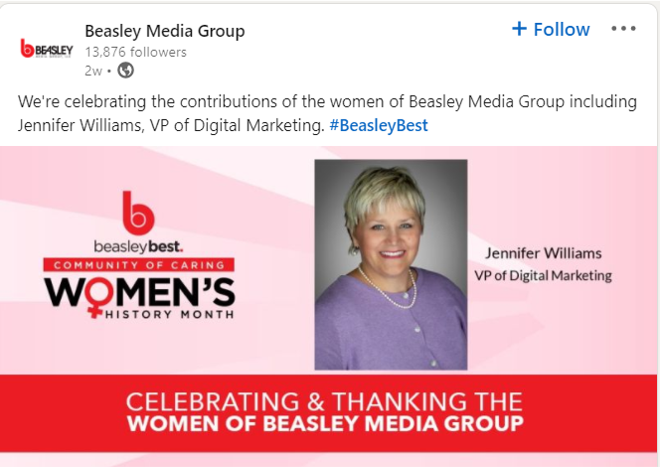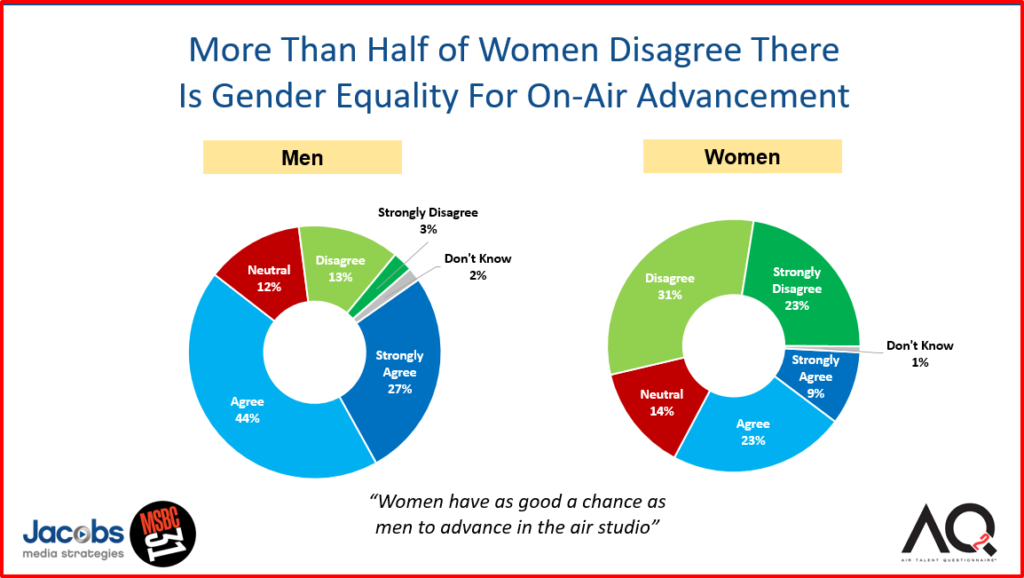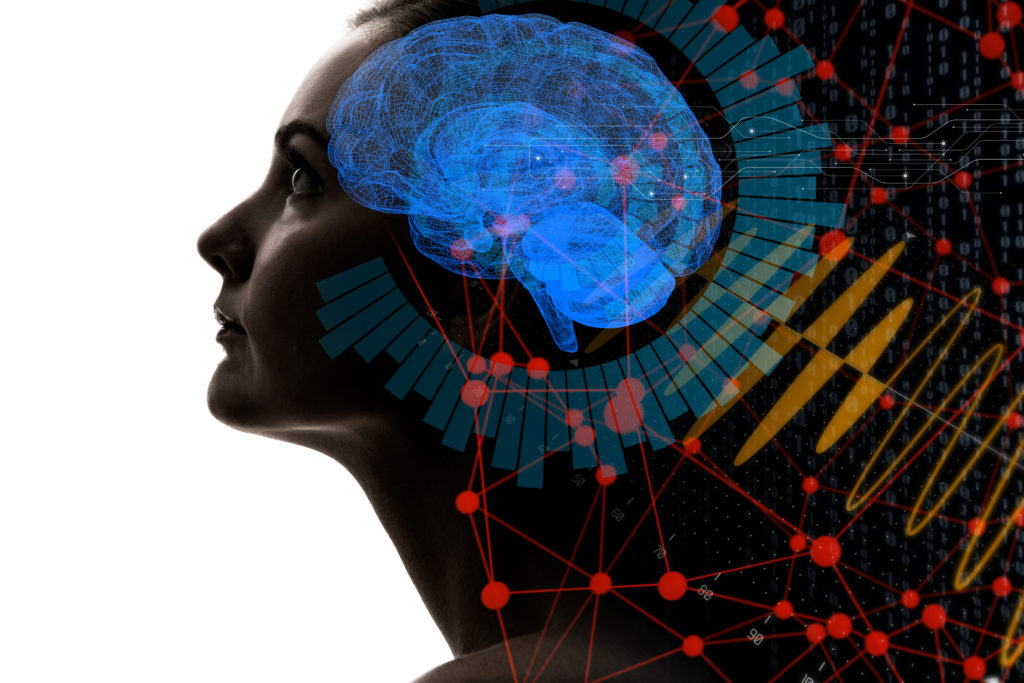
It is probably just the second inning when it comes to the ways in which Artificial Intelligence – or AI – will impact platforms and devices in our digital lives. Whether it’s Amazon suggesting related purchases, Pandora choosing songs that are sonically compatible, or Netflix highlighting documentaries we might also enjoy, predictive data shadows us pretty much everywhere we go on the web.
And as we’ve learned, it can be effective – even helpful. Oftentimes, recommendations (“If you like this, you might like this”) can be pretty spot on. But as we’ve also learned, algorithms are far from perfect (especially when it’s an account we share with others). And the truth is that sometimes we choose a piece of content on a whim, and the next thing you know, an entire palate of similar programs shows up in our digital menus.
That’s all pretty harmless stuff. But what happens when AI takes us away from content that, in fact, should be exposed to us? To that end, there are emerging questions about whether streaming music algorithms are inherently sexist. That’s right. Do most music streaming algorithms steer us away from female artists?
Who’s asking these questions?
It’s not activists or social justice groups. In fact, it is academicians, investigating whether AI (purposefully or by happenstance) stacks the musical deck against women.
Originally, it was The New York Post reporting on this phenomenon. In a story by Hannah Sparks – “Streaming music algorithm more likely to play male artists” – it’s a study by a team of university professors representing schools in the Netherlands and Spain. Their research reveals streaming customers might have to wait 7 or 8 songs deep on a playlist or string of songs to hear a tune performed by a female artist.
The researchers appear to have done their homework, analyzing streaming choices among 330,000 music listeners over a 9-year time span. Their conclusion? Only one in four of the songs played featured women.
four of the songs played featured women.
The study’s authors expanded on these findings – and their implications – in a publication called The Conversation. Their premise – “Music recommendation algorithms are unfair to female artists, but we can change that” – makes the case that AI engines tend to default to male artists, but they can be reconfigured to produce more balanced recommendations.
We certainly know the biases that human beings (program and music directors, as well as record label execs) can bring to the selection and decision-making process. After all, they are people, with complex histories of cultural, societal, and business influences, agendas, biases, and skews.
And by definition, algorithms should be “fair,” weeding out these human factors, and offering up recommendations that are scientifically produced rather than emotionally driven.
Except they aren’t.
 It’s fascinating that we’ve just celebrated Women’s History Month where deserving women were honored all over the world from all walks of life.
It’s fascinating that we’ve just celebrated Women’s History Month where deserving women were honored all over the world from all walks of life.
Many broadcast radio companies and organizations also met the moment by showcasing some of their talented and capable women as well.
But on the airwaves – and especially on streaming services – it has been long apparent that many women both in music and radio have been overlooked.
We’ve been measuring some of those inequities in our AQ studies of radio air talent, conducted in collaboration with Don Anthony’s Morning Show Boot Camp.
The data point below from the 2019 study speaks volumes about how the lens you’re looking through very much determines your perspective on issues like institutional bias, fairness, and equal opportunity in the radio business.

At MSBC that year, Mandy James and Elizabeth Kay – two great talents – appropriately asked some hard questions of me, Greg Strassell, and Steve Reynolds – yes, a trio of OWGs (old white guys). Sadly, talent coach Angela Perelli had been slated to appear with us, but ran into travel delays and could not make the trip. Clearly, her presence would have changed the dynamic of our panel and the discussion that followed.
And that takes us back to this apparent Artificial Intelligence bias, and what can be done to level the musical playing field.
As the academics point out, it starts with the music industry. According to their analysis, fewer than one in four artists (23%) in the 2019 Billboard 100 were women or gender minorities. And only one in five registered songwriters is a woman.
But then there’s the gnarly issue of the math. Many of us in radio have something in common – many of us can barely balance our checkbooks, much less get our heads around music streaming algorithms. That’s why many of us chose mass media in the first place.
But the digit heads who program these beasts know these formulas can be adjusted. In fact, the study’s authors say a solution would be to “re-rank” recommendations; that is, “moving males artists a specified number of positions downward.” (So much for the old “radio rule” that you can’t play two females artists in a row.)
study’s authors say a solution would be to “re-rank” recommendations; that is, “moving males artists a specified number of positions downward.” (So much for the old “radio rule” that you can’t play two females artists in a row.)
That simple action would serve to force female artists and their compositions to rise in the hierarchy, boosting their exposure. The resultant effects on consumer tastes (“liking” songs) remains to be seen, but this is how changing the way preferences shift could start.
The academic teams from the Spain and the Netherlands also offer a reminder about analog solutions – that is, rethinking the way musical festivals are booked.
And we end up back where we started – the radio and records side of the conversation. We can tweak algorithms all we like – and perhaps, create a positive impact on the airplay of women (as well as the hiring of women for programming and management positions.)
But the formula that needs to be changed is the analog one – the human side of the equation. That’s what affects how decision-makers approach hiring, training, and mentoring. And that factor has great sway in the overall exposure of female artists, songwriters, producers in the music industry, as well as hiring on the radio side: programmers, managers, talk show hosts, and music presenters.
Math and science will only take us so far. Changing hearts and minds is a quicker and more effective way to get there.
And that brings me to a news item in Inside Radio last week, highlighting KLOS and their discovery of teenage guitar sensation, Jasmine Star.  Programmer Keith Cunningham has provided the showcase for “Jasmine Jams,” a video feature that lives on a YouTube channel, as well as on the station website.
Programmer Keith Cunningham has provided the showcase for “Jasmine Jams,” a video feature that lives on a YouTube channel, as well as on the station website.
We highlighted Jasmine in a blog post back in early February. Now, it’s great to see her earn much-deserved recognition for her skills.
Keith is always in search of “what’s next?” and has become especially enamored by the immense talent of teens who can shred on a guitar like Eddie Van Halen or Stevie Ray Vaughan. Where did Keith find Jasmine Star? On TikTok, of course.
It’s these kinds of discoveries that should give us all hope and encouragement that the next big rock star – maybe even Jasmine Star – will prominently show up big-time in our streaming algorithms.
So says this OWG. What say you?
Thanks, John Ford.
- What To Do If Your Radio Station Goes Through A Midlife Crisis - April 25, 2025
- A 2020 Lesson?It Could All Be Gone In A Flash - April 24, 2025
- How AI Can Give Radio Personalities More…PERSONALITY - April 23, 2025




Great! You got a good article out of the Post reporting on the study. I had a different take, I found it interesting that the algorithms on the streaming services essentially ended up in the same place that the broadcasters did. Is it coded that way, due to the preponderance of men involved in computer programming? Is it a learned behavior from the code paying attention to the habits of the listener? Or maybe they came to the same conclusions on gender rotation that broadcasters did years ago.
The fact that you point out that, “It’s not activists or social justice groups. In fact, it is academicians” that completed the study shouldn’t be a surprise. The philosophy that drives the now trendy concepts behind critical race theory, anti-racism and “male patriarchy” came from academia. The post modern thought of the mainly French deconstructionist philosophers like Jacques Derrida and Michel Foucault are clearly the driving force behind the now mainstream movement of social justice.
I agree that the old ideas that we grew up in of “no female artists back to back” and the like, are worn out tropes that should have been discarded long ago. I do wonder if the hierarchy of music created and eventually played on the radio could be a natural hierarchy and not one solely based on the power of some sort of “male patriarchy” imagined or not. Could music programers, both computer and radio, be shooting themselves in the foot by forcing a false opportunity of outcome with the male/female artist argument? Should so-called urban and other radio stations be forced to mirror the racial makeup of their communities they serve or play a 50/50 male and female artist makeup. How would one ‘fix’ this with classic rock (yea, that would be impossible) Besides, is all of this moot, as different groups have widely different viewpoints on what exactly gender is?
It’s a very murky issue. I wonder if someone has the fortitude to put an all female artist radio station on the air and see how that hashes out? (I doubt it) Just for the record, i was a part of putting on the first talk radio network for women on the air at Greenstone Media, and was an early champion of the format. It failed miserably. One month in, I knew it would. But that had nothing to do with the mostly female staff and the validity of the format, that’s a different story for a different time….
Good thoughts all, John. It is very much a chicken/egg issue. I’m not sure it’s a matter of instituting a 50/50 male/female mix as much as it is looking sexist policies in the eye, dealing with them, and adjusting the system to be fairer on the front end. For so many of us males, these data (the academics and our AQ study) are eye-openers.
Thanks for suggesting the topic, John, and for this thoughtful comment. This is why I love doing this blog.
Keith is right. There are SOooo many incredible female guitar shredders(and drummers too!) on social media. Take a look—both Insta and Tik Tok have incredible young talent just waiting to be discovered—many with thousands of followers! Many can do what took Eddie Van Halen a lifetime to create, and they’re only teenagers or early 20s.
As a guitar player myself, I’m just amazed at how GREAT they are, and how much they LOVE Classic Rock and want to bring its sound BACK! (and it’s not just females, either)
You’re right – it’s guys, girls, men, women, all showing up and playing rock music on social. It’s very encouraging. This may be the best time ever to be an A&R Rep.
Agreed. And when the bars and clubs reopen, it could signal a whole new period for up & comers.
Why would it surprise anyone that if only 25% of the music released by the labels is female, that the result is a 1 in 4 ratio on the air or at streaming? This starts with the labels. Hope they are listening. Radio just reflects consumption.
Agree radio only has what’s available/exposed/marketed for the most part. Radio could be working harder to recruit, train, groom female programmers.
Oh now stop that, with all that logic.